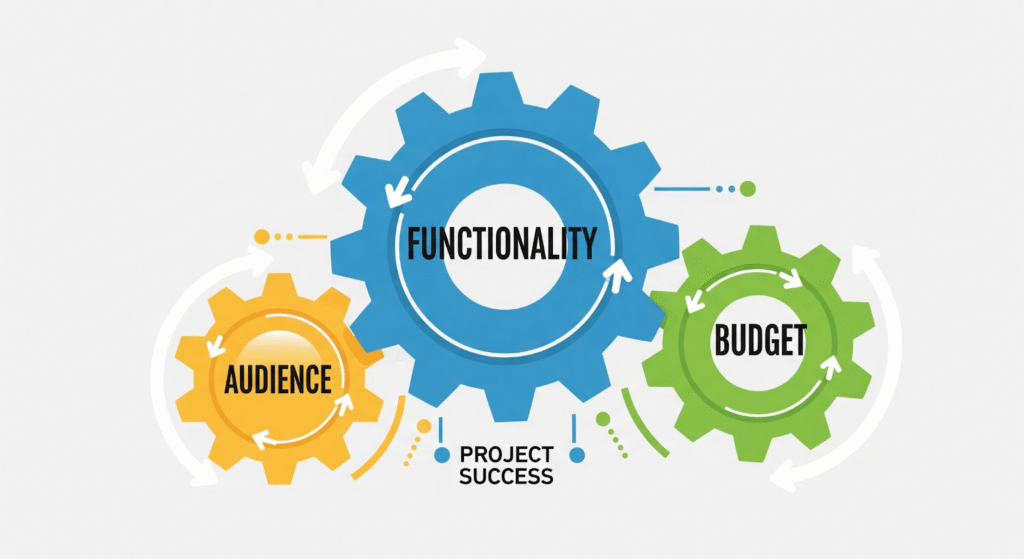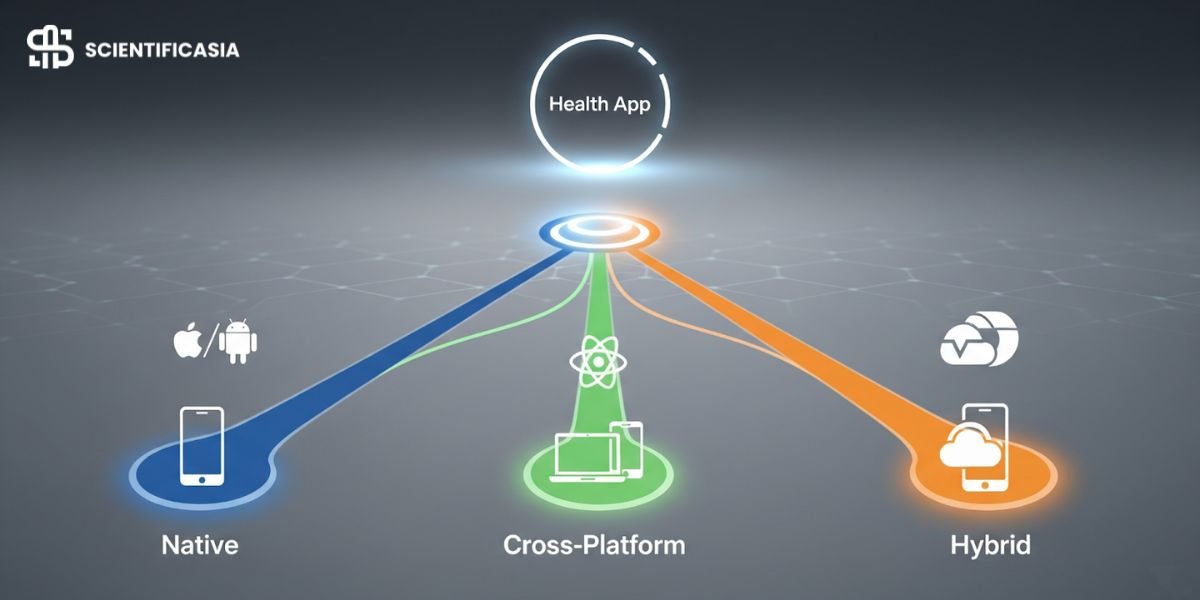Getting into healthcare app development is an exciting journey, but it starts with a vast, foundational decision: what platform are you going to build your app on? This isn’t a choice to be taken lightly. It’s the difference between an app that’s fast, secure, and reaches millions of users, and one that struggles with performance and a tiny audience. It impacts everything—your budget, your timeline, and your ability to scale. So, how do you make the right choice? There’s no magic bullet, and what works for one project might be a complete disaster for another. The key is to be strategic, to think about your app’s purpose, your users, and your business goals before you write a single line of code. This guide will help you navigate this critical decision and set your mobile health app development project up for success from the very beginning.
Understanding Your Options: Native, Cross-Platform, and Hybrid
When you start to explore app development in healthcare, you’ll quickly encounter three primary paths. Think of them like different types of vehicles. You have your high-performance sports car, your versatile SUV, and your practical, everyday sedan. Each one has its benefits and drawbacks. We’re talking about Native, Cross-Platform, and Hybrid approaches to mobile health app development. Native development means building separate apps specifically for iOS and Android. Cross-Platform lets you create one app that runs on both with a single codebase. And Hybrid apps are essentially web pages wrapped in a mobile shell. It’s essential to understand the pros and cons of each, especially when it comes to things like performance, user experience, and the ability to use a device’s specific hardware, which can be crucial for health applications.
Native Development: The Gold Standard for Performance
Let’s talk about the sports car of development. Native development, using languages like Swift for iOS and Kotlin for Android, is often considered the gold standard. Why? Because it offers the absolute best performance, speed, and responsiveness. When you build an app natively, it feels like a natural part of the phone’s operating system, offering a completely seamless and intuitive user experience. More importantly for application development in healthcare, native apps give you direct, unfettered access to all of the device’s features. This is critical for things like integrating with health sensors to track heart rate, using GPS for patient location, or ensuring push notifications are delivered instantly and reliably. For a truly high-stakes application that needs to be fast and flawless, there’s simply no substitute. This choice is about prioritizing quality and performance above all else.
Key Factors Influencing Your Platform Choice
So how do you decide which car to buy? You don’t just look at the engine; you consider who’s going to be driving it and where they’re going. The same goes for your app. A series of strategic questions should drive your platform choice. What’s the core problem you’re trying to solve? Who are your target users, and what do they expect from a quality health mobile app development experience? How much money and time do you have to work with? The answers to these questions will inevitably steer you towards the right path.
Audience and Market Analysis
Your users are the most critical factor in this equation. Who are you building this for? Are you targeting tech-savvy urban professionals with the latest iPhones, or are you trying to reach a broad, global audience that might be using a variety of older Android devices? This is where a precise market analysis comes in handy. You need to know what platforms your audience already uses. For instance, in some parts of the world, Android healthcare app development might be the more practical and cost-effective choice because of Android’s dominant market share. On the other hand, a specialty app for a high-end clinic might be best served by targeting iOS users exclusively. A thoughtful team working on app development for the healthcare industry always starts by understanding its customer base.
The Role of Technology and Functionality
The features you want to include in your app can, and often should, dictate the platform you choose. Not all technologies are created equal, and some features are simply better supported on specific platforms. Building a robust mobile medical application development project means aligning your technical ambitions with your platform’s capabilities. If your app requires complex tasks, such as real-time data visualization from a wearable device, you’ll need a platform that can handle them without breaking a sweat.

A Feature-Driven Decision Framework
This is the only section where we’ll use a list, and it’s a good one. When you’re faced with a tough choice, it helps to have a clear framework. For a mobile healthcare application development project, your feature list should be your guide. For some apps, like those from a professional healthcare app development company, a specific feature may be the main priority and therefore be a non-negotiable part of the platform choice. Here is a brief framework to help you decide.
- High-Performance Graphics: Choose Native for the best experience.
- Health Sensor Integration: Native platforms offer the most direct and reliable access to health data APIs.
- Basic Information and Appointment Management: Cross-platform or Hybrid solutions can be a fast and cost-effective choice.
- Multi-Platform Reach: Cross-Platform is ideal for reaching a broad audience quickly with a single codebase.
Budget, Timeline, and Maintenance Considerations
The real world runs on budgets and deadlines. This is where the trade-offs become a bit more apparent. Healthcare mobile development often comes with significant costs. A Native app, with its two separate codebases, is typically more expensive and takes longer to build and maintain. A Cross-Platform solution might be an excellent choice for a team looking to launch on both iOS and Android simultaneously without doubling their costs. Don’t forget about long-term maintenance, either. That’s an ongoing cost. It’s a key part of what makes a professional healthcare app development project a success or failure. You’ll need to factor in updates, bug fixes, and continuous improvements for years to come.
Conclusion
Choosing the right platform for your health app is more than a technical task—it’s a fundamental business strategy. The best choice is the one that perfectly aligns with your app’s purpose, your audience, your budget, and your long-term goals. The options are there, but the responsibility to make a thoughtful, informed decision rests with you. Do your research, prioritize your core features, and consider the long-term implications of your decision. The future of your product, and the health of the people who use it, depends on it. A great mobile health app development project is one where the platform choice was made with care and foresight.
















